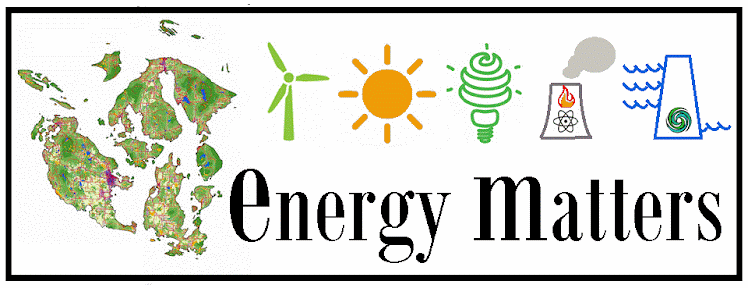By Sophie Williams
In 2007 the state passed a clean energy bill with the hopeful mandate to meet 100% of publically owned vehicle fuel needs with biofuel and electricity by 2015. After the ferries missed their 2009 20% biofuel benchmark the target was lowered to 5%. A WSF pilot study has demonstrated the feasibility of increasing biodiesel content to at least 20%.
At first glance, the push to increase biofuels may look like sound environmental policy. After all, plants are a renewable resource and the carbon dioxide they take out of the atmosphere as they grow should be equal to the amount released when they burn. Unfortunately, most of our biofuels currently come from corn, sugar beets, soybeans and canola. Using these industrial-scale food crops for fuel causes serious problems.
Crops like corn and soybeans rely heavily on fossil fuels. Add to that the energy used to produce biofuels—often electricity from coal or natural gas—and biofuels’ energy efficiency falls further. The net energy balance of corn ethanol hovers around break even, while biodiesel produces just 2.5 times the energy it consumes. These fuels do little to reduce our carbon emissions or our reliance on fossil fuels.
Our biofuels also have unforeseen consequences for the rest of the world. "If you use farmland in North America to grow biofuels, you're forcing a farmer somewhere else to clear-cut forest to grow food crops," says David Tilman, a prominent ecologist. Land use change is a significant contributor to greenhouse gas emissions because the carbon stored in uncultivated lands is released when they are cleared to make way for crops.
And using food crops for fuel in a hungry world has other more immediate human costs. Biofuel policies in the U.S. and Europe have been linked to recent spikes in food prices and could increase global food insecurity. With demand for both food and fuel expected to double by midcentury, the UN Special Rapporteur on food condemned the use of arable land to grow fuel as “a crime against humanity.”
Despite continued government support, few people outside the industry see a bright future for our existing biofuels. Hope comes from a second generation of biofuels currently under research and development. These new biofuels look for more sustainable sources of feedstock. Cellulosic ethanol could be made from agricultural, forestry or municipal waste or from deep rooted perennials that sequester carbon in the soil while providing erosion control and wildlife habitat. Biofuel visionaries are also looking to algae, which can grow rapidly on little more than water and sunlight. An acre of soybeans produces about 60 gallons of biodiesel a year. Theoretically, an acre of algae could produce 5,000.
Done right, second generation biofuels could produce fuel with reduced net carbon emissions and less competition for agricultural land. Western Washington grows little of use for first generation biofuels—currently, our only high-value ethanol crop is wine grapes—but we have the potential to be a significant producer of second generation biofuels.
With sound policy decisions and the expansion of new biofuel technologies, Washington could clean and green its transportation system, helping WSF transform from a serious regional polluter into a vital element of the San Juans’ sustainable energy future.

